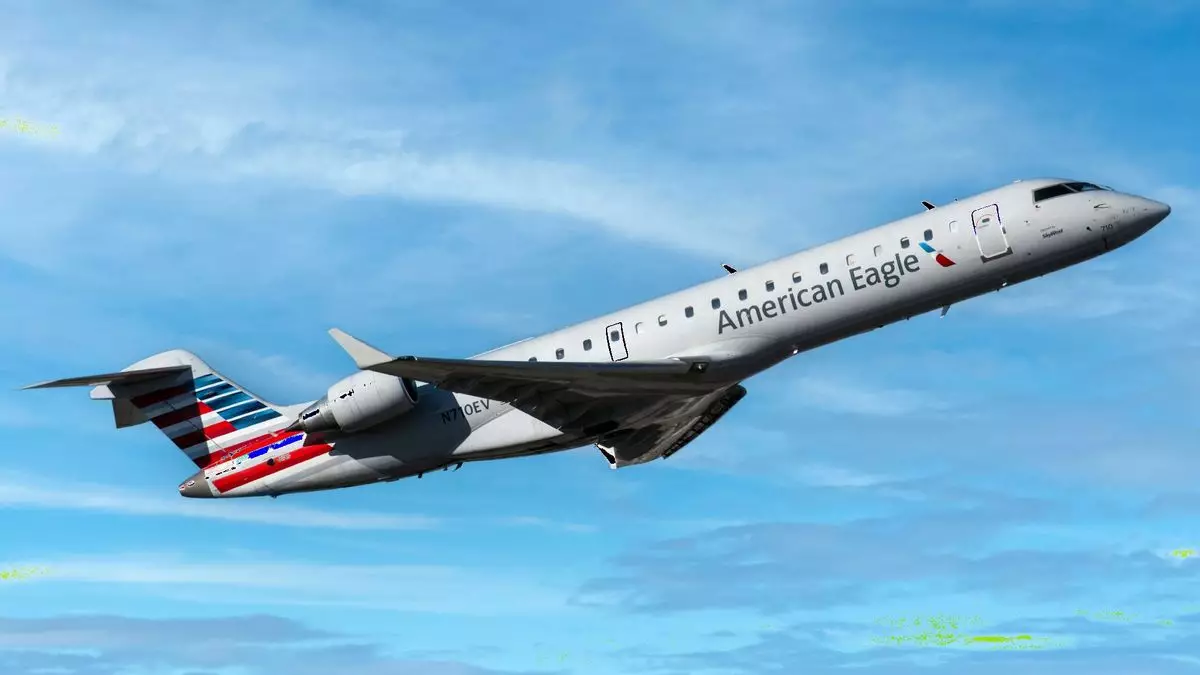The recent pilot hiring pauses by United and Southwest Airlines may signal an end to the pilot shortage in the U.S. airline industry post-pandemic, but the situation is more nuanced than it appears. While mainline carriers have managed to overcome their pilot shortages, regional carriers are still struggling with a shortage of captains. This imbalance has created a ripple effect within the industry, impacting capacity growth, aircraft operations, and overall profitability.
The hiring slowdown at mainline carriers could potentially benefit regional airlines that have been grappling with pilot attrition. This pause in hiring at major carriers might give regional airlines a chance to catch up, expand their operations, and retrieve larger aircraft from storage. As Louis Smith, chairman of Nevada-based pilot advisory FAPA, suggests, this could lead to the growth of regional routes and an increase in demand, ultimately benefiting the entire airline system.
The shortage of captains at regional carriers has left many aircraft grounded, impacting their ability to operate at full capacity. With major airlines absorbing their captains, regional carriers have been left scrambling to fill crucial pilot positions. SkyWest, the largest U.S. regional carrier, is currently facing a shortage of approximately 1,000 pilots compared to its pre-pandemic levels. This shortage has prompted regional carriers to offer increased pay and hiring bonuses to attract and retain qualified captains.
Despite the current hiring slowdown at mainline carriers, the long-term pilot supply outlook remains uncertain. Consulting firm Oliver Wyman has estimated a persistent pilot shortfall across North America for the next decade, with mandatory retirements and industry growth presenting challenges in resolving the shortage. The peak in mandatory retirements expected in 2025-26 could further exacerbate the pilot shortage, even with the current elevated pace of pilot certifications.
As the U.S. airline industry navigates the complexities of pilot shortages and hiring challenges, a collaborative approach between mainline and regional carriers is essential. Regional airlines must focus on developing strategies to attract and retain experienced captains, while mainline carriers need to ensure a steady pipeline of pilots for future growth. Addressing the root causes of the pilot shortage, including training capacity and industry regulations, will be crucial in building a sustainable and resilient aviation workforce for the years to come.
While the pilot hiring slowdown among mainline carriers may offer a temporary reprieve for the industry as a whole, addressing the underlying dynamics of pilot shortages requires a concerted effort from all stakeholders. By fostering collaboration, investing in training programs, and adapting to the evolving demands of the aviation sector, the U.S. airline industry can overcome its current challenges and thrive in the years ahead.

